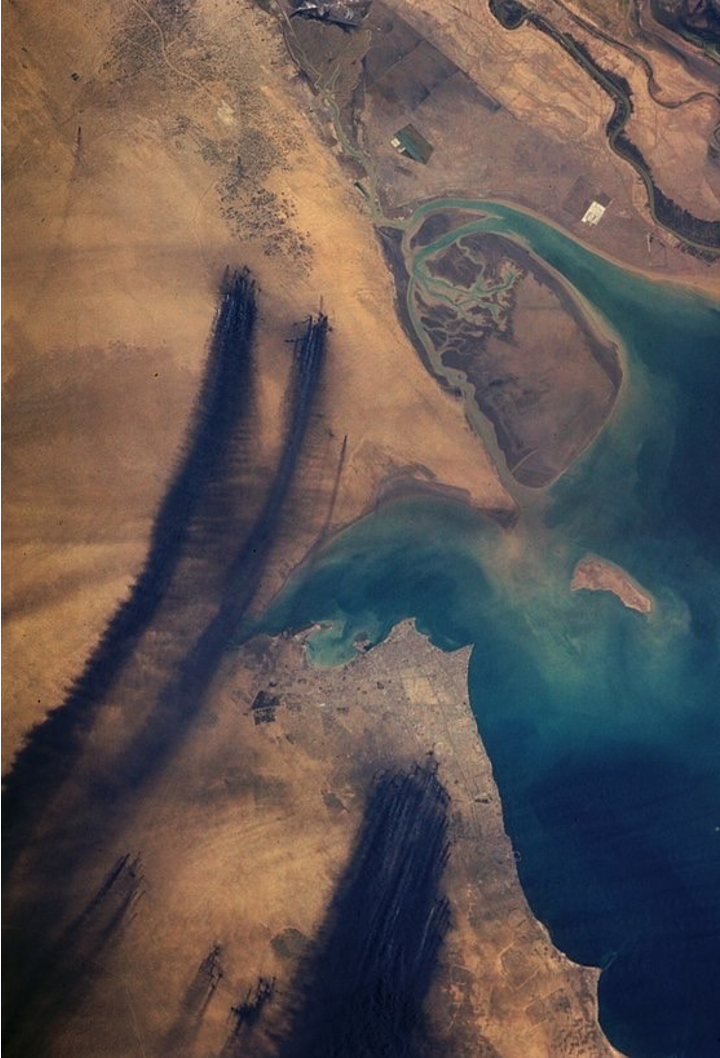Back to all modules
Petroleum: A Global History of its impact on Landscape, City, and Architecture

At the end of the 19th century, the productive structures of the industrial countries were transformed throughout the world. Oil and electricity displaced coal as a primary source of energy. Its low cost, its calorific value, the ease of handling and storage made it the essential element in modern industrial, commercial, and transport processes. This course describes the challenges that modernization processes had in cities associated with oil at the beginning of the 20th century and the consequences of these impacts in the 21st century, to encourage students to think critically about the processes of modernization and its relationship with modern architecture. Undoubtedly, oil exploitation is one of the mechanisms of domination of capitalism. The use of natural resources in the hands of transnational consortiums closely linking this economic model with spatial strategies (territorial, urban, and architectural) on a global scale. Transnational exploitation implies that the impact on the landscape, urban planning, and architecture transcends national identities, borders, and policies. We develop this module in three lectures. Each lecture addresses different scales and spatial cate...
Loading Accordion Items...


